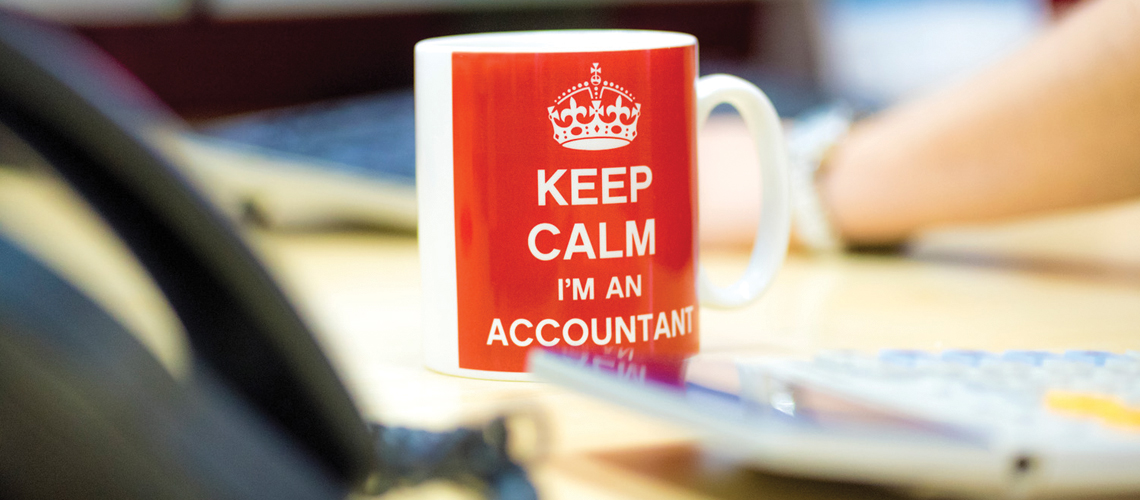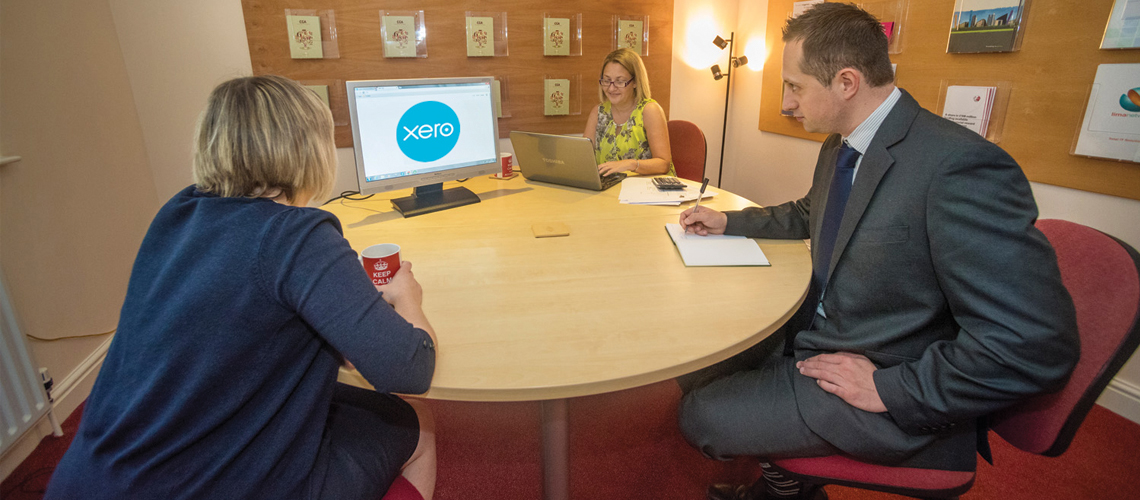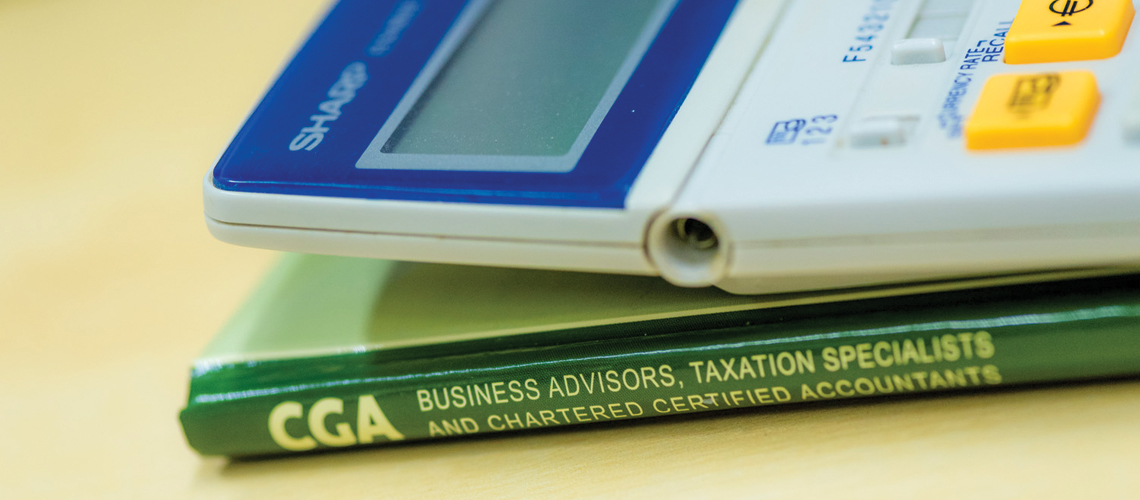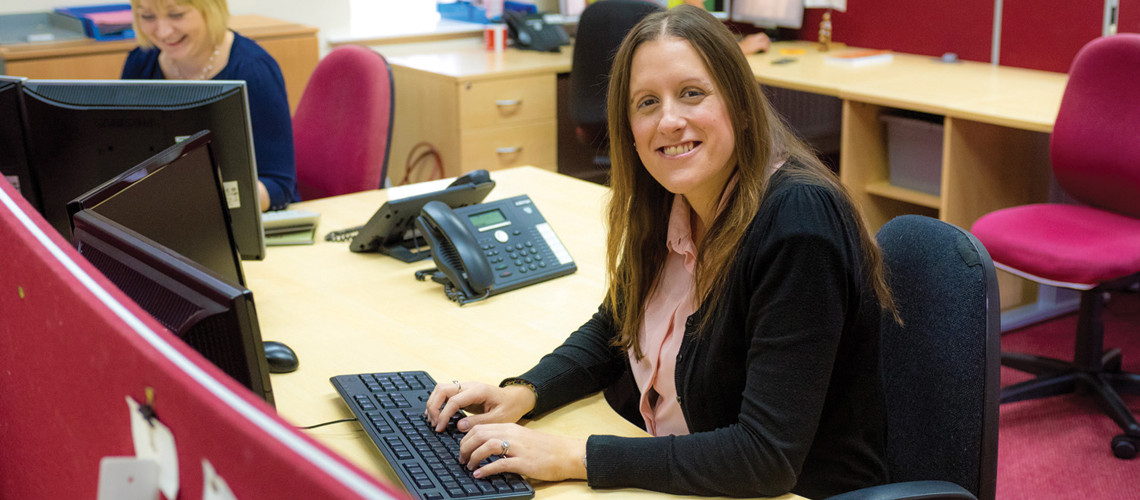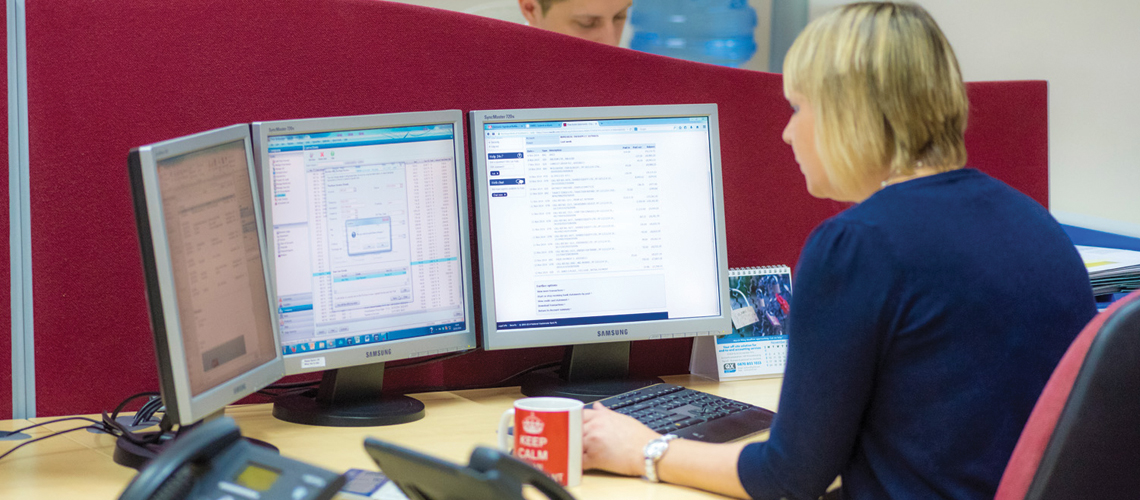Please note: This scheme has been updated and you may be eligible to claim further Self-employment Income Support Grants – please click here to find out more.
Updated 4th June 2020 11am:
The Self-Employment Income Support Scheme will be extended – with those eligible able to claim a second and final grant capped at £6,570. The grant will be worth 70% of their average monthly trading profits, paid out in a single instalment covering three months’ worth of profits, and capped at £6,570 in total.
If you’re eligible and want to claim the first grant you must make your claim on or before 13 July 2020. We have contacted all of our clients who we believe are eligible to make the first claim, these same clients will be eligible to make the second and final claim.
The online service for the second and final grant is not available yet. We will update this guidance to let you know when you can make your claim.
Links
Check if you can claim a grant through the Self-Employment Income Support Scheme
Check if you are Eligible to claim
Original post 17th April 2020 1pm:
The self-employed income support scheme (SEISS) was announced on 26 March, and now we have more details of how this scheme will work in practice.
Who gets what?
It is difficult for HMRC to determine how much self-employed individuals earn in real time, in order to replace their lost income with government support. If MTD for income tax had already been in place, reporting self-employed income on a quarterly basis, the calculation of the support needed for each person may have been much easier.
The government has therefore chosen to base the amount of grant for each taxpayer on the average of their trading profits as reported in their last three tax returns for the years: 2015/16 to 2018/19. If the taxpayer started trading within this three year period the monthly average of profits will be calculated from the periods in which they were trading.
The taxpayer (or their tax agent) does not need to provide any figures at this stage. HMRC will arrive at the taxpayer’s average earnings by totalling up the reported profit for the three tax years (or shorter period as applicable) and divide by three to arrive at a typical average year. One quarter of that average annual profit will then form the basis of the SEISS grant awarded – at the 80% rate.
The number of months covered by a SEISS grant may be extended beyond three months if the coronavirus shutdown continues beyond the end of June.
Who doesn’t qualify?
The SEISS grant will not be payable to anyone who meets any of these conditions:
- has average annual profits of £50,000 or more – those taxpayers will get nothing
- has not submitted a tax return for 2018/19
- receive less than half of their annual taxable income from self-employed profits
- has already ceased trading permanently.
If the taxpayer has not submitted their 2018/19 tax return, they have until 23 April 2020 to submit it in order to qualify for the grant. Penalties for late filing and late payment of tax will apply as normal.
Those who started trading on or after 6 April 2019 are not eligible for the SEISS grant. This seems harsh, but HMRC has to draw the line somewhere.
The purpose of the SEISS grant is to help traders through the coronavirus crisis. To qualify for the grant the business must have traded in 2019/20 and would still be trading if it hadn’t been for the interruption to business due to the coronavirus. If the trader has taken the decision to cease trading completely, no grant is payable.
Property letting businesses are not regarded as a trade, so landlords will not qualify for the SEISS grant even if more than half of their taxable income is from rental income.
Similarly, the letting of furnished holiday accommodation is not strictly a trade, although it is treated as a trade for certain pensions and CGT purposes. HMRC are unlikely to consider income from furnished holiday lets as qualifying for the SEISS grant, although these landlords will be among the hardest hit of all “self-employed”.
How will the grant be delivered?
HMRC will contact those taxpayers who are eligible for this grant and will invite them to apply for the payment online. It is not clear if this contact will be made by letter, but it certainly won’t be by email or text message.
HMRC warns taxpayers not to be taken in by scammers who email, text, or call, offering money from HMRC then ask for the business bank details to be confirmed. Warn clients not to click on a link in an email, or reply to a text, purporting to be from HMRC.
The taxpayer may need to confirm to HMRC that they were trading in 2019/20 and expect to continue to trade in 2020/21. Some indication of the business turnover for 2019/20 may have to be provided at that point.
When will the money arrive?
The SEISS grant for three months will be payable in one lump sum into the taxpayer’s bank account, but the money will not be available until early June.
The grant will be treated as taxable income, and will have to be reported on tax returns for 2020/21. Taxpayers in receipt of working tax credits or universal credit will have to treat the SEISS grant as part of their self-employed income for 2020/21.
The Self-employment Income Support Scheme (SEISS) will support self-employed individuals (including members of partnerships) who have lost income due to coronavirus (COVID-19).
This scheme will allow you to claim a taxable grant worth 80% of your trading profits up to a maximum of £2,500 per month for the next 3 months. This may be extended if needed.The Self-employment Income Support Scheme (SEISS) will support self-employed individuals (including members of partnerships) who have lost income due to coronavirus (COVID-19).
GOV.UK Guidance
COVID-19: Claim a grant through the coronavirus (COVID-19) Self-employment Income Support Scheme
DOWNLOAD full CGA Factsheet on Self Employment Income Support Scheme (last updated 30/03/20) HERE
CORONAVIRUS JOB RETENTION SCHEME (CJRS) – update for director shareholders
There has
been uncertainty as to the position of director/shareholders claiming under the
CJRS as their income is usually taken from their company as a combination of a
low salary and dividends. In the news story published following the
Chancellor’s statement on 26 March (regarding the Self-employed scheme) is a
telling paragraph. It says:
Those who pay themselves a salary and dividends through their own company
are not covered by the scheme (the Self-employed Scheme) but will be covered
for their salary by the Coronavirus Job Retention Scheme if they are operating
PAYE schemes.
This infers that directors will only be eligible for the CJRS based on their salary alone, and only if there is a proven PAYE record.
Further details of the CJRS are due to be published imminently and will be added to our newsfeed as soon as they are available.
Other useful commentary – Who wins and who loses in the Self-Employed Income Support scheme?





